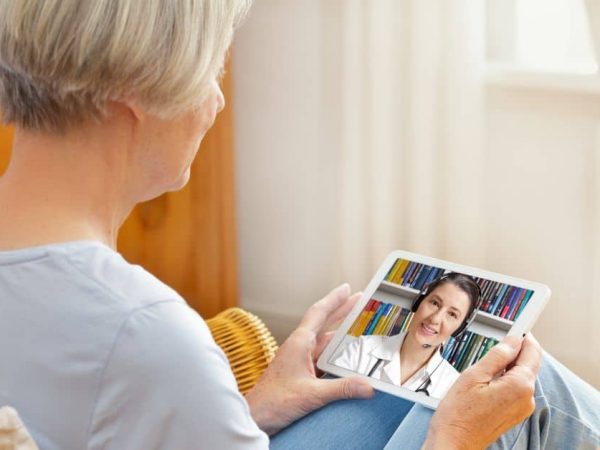
Access to specialists is critical for diagnosing and managing complex conditions. Telehealth has revolutionized this process, making specialist care more accessible.
Many patients face barriers to seeing specialists, including long travel distances, extended wait times, and high costs. These challenges are even more pronounced in rural and underserved areas, where specialists may not be readily available.
Delays in accessing specialist care can worsen health outcomes, particularly for chronic conditions or rare diseases requiring timely interventions. Telehealth offers a solution, connecting patients to specialists without the need for travel or extended waiting periods.
Telehealth uses technology to bridge the gap between patients and specialists. Patients can connect with experts through secure video calls or apps.
These virtual appointments allow specialists to review medical records, discuss symptoms, and create treatment plans remotely. Telehealth eliminates the need for patients to travel long distances for consultations.
Telehealth also enables real-time collaboration between primary care providers and specialists. This team-based approach improves diagnosis accuracy and treatment coordination.
While telehealth improves access to specialists, challenges remain. One major issue is the digital divide. Patients without reliable internet access or devices cannot benefit from virtual care.
Training healthcare providers in telehealth best practices is also essential. Specialists need to ensure high-quality care during virtual consultations. Addressing these issues can help expand telehealth’s reach and effectiveness.
Telehealth has transformed lives by making specialist care more accessible. For example, a rural cardiac patient can now receive regular check-ins with a cardiologist without traveling to a distant hospital. This improves heart health and reduces complications.
Similarly, telehealth has revolutionized mental health care. Patients can now access therapy or psychiatric consultations from home, reducing stigma and missed appointments.
Cancer patients benefit greatly from telehealth. Oncologists provide virtual consultations, allowing patients to receive expert guidance without frequent trips to treatment centers.
The future of telehealth promises even greater access to specialists. Advanced technologies like AI and machine learning will personalize care further. Specialists will have tools to analyze patient data more efficiently and provide tailored treatment recommendations.
Wearables and remote monitoring will continue to evolve, offering specialists real-time insights into patients’ health. This will improve chronic disease management and reduce emergency visits.
Telehealth platforms will also expand language services and accessibility features. These improvements will ensure that more patients, including non-English speakers and individuals with disabilities, can access specialist care.
To fully realize the potential of telehealth, supportive policies are essential. Governments and insurers need to expand reimbursement for telehealth specialist visits. Investments in broadband infrastructure are also critical to closing the digital divide.
Licensing reforms can enable specialists to provide care across state or country lines. These changes will allow patients to access the best possible care, regardless of location.
Telehealth is transforming specialist care by breaking down barriers and improving access for patients everywhere. By reducing travel, shortening wait times, and enhancing chronic disease management, telehealth ensures timely and effective care.
As technology and policies evolve, telehealth’s potential to connect patients with specialists will only grow. This innovation is paving the way for a more equitable, patient-centered healthcare system. Contact BlueStar today to learn more about how to make BlueStar’s patient monitoring solutions part of your healthcare strategy.